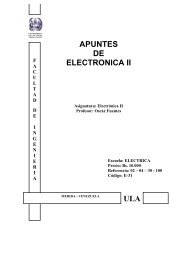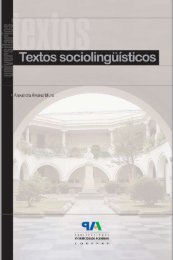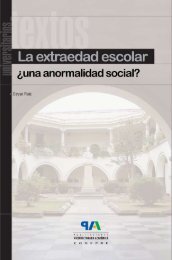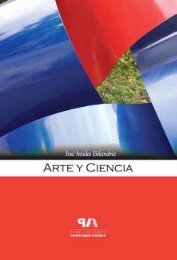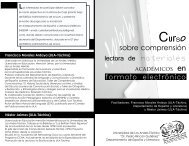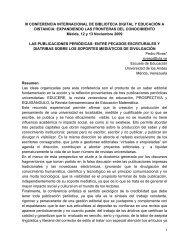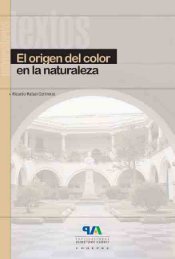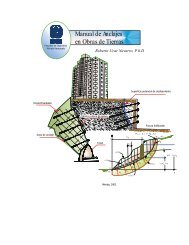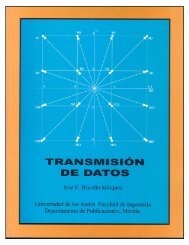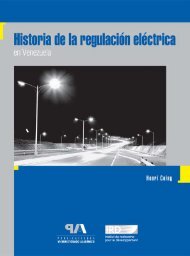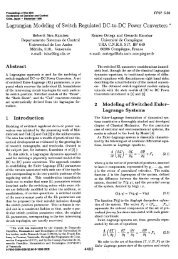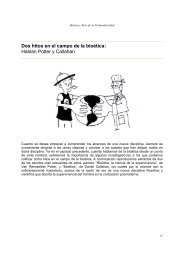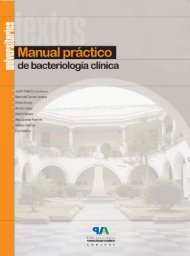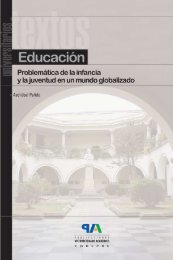Passivity-based Control of Euler-Lagrange Systems:
Passivity-based Control of Euler-Lagrange Systems:
Passivity-based Control of Euler-Lagrange Systems:
Create successful ePaper yourself
Turn your PDF publications into a flip-book with our unique Google optimized e-Paper software.
xviii<br />
CONTENTS<br />
3 A passivity-<strong>based</strong> approach for controller design . . . . . . . . . . . . 288<br />
3.1 Passive subsystems feedback decomposition . . . . . . . . . . 288<br />
3.2 Design procedure . . . . . . . . . . . . . . . . . . . . . . . . . 289<br />
4 A globally stable torque tracking controller . . . . . . . . . . . . . . . 289<br />
4.1 Strict passiability via damping injection . . . . . . . . . . . . 290<br />
4.2 Current tracking via energy-shaping . . . . . . . . . . . . . . . 292<br />
4.3 From current tracking to torque tracking . . . . . . . . . . . . 294<br />
4.4 PBC for electric machines . . . . . . . . . . . . . . . . . . . . 297<br />
5 PBC <strong>of</strong> underactuated electrical machines revisited . . . . . . . . . . 302<br />
5.1 Realization <strong>of</strong> the PBC via BP transformability . . . . . . . . 302<br />
5.2 A geometric perspective . . . . . . . . . . . . . . . . . . . . . 304<br />
6 Examples . . . . . . . . . . . . . . . . . . . . . . . . . . . . . . . . . 305<br />
7 Conclusions . . . . . . . . . . . . . . . . . . . . . . . . . . . . . . . . 307<br />
7.1 Summary . . . . . . . . . . . . . . . . . . . . . . . . . . . . . 307<br />
7.2 Open issues . . . . . . . . . . . . . . . . . . . . . . . . . . . . 308<br />
10 Voltage{fed induction motors 311<br />
1 Induction motor model . . . . . . . . . . . . . . . . . . . . . . . . . 312<br />
1.1 Dynamic equations . . . . . . . . . . . . . . . . . . . . . . . . 312<br />
1.2 Some control properties <strong>of</strong> the model . . . . . . . . . . . . . . 313<br />
1.3 Coordinate transformations . . . . . . . . . . . . . . . . . . . 315<br />
1.4 Remarks to the model . . . . . . . . . . . . . . . . . . . . . . 318<br />
1.5 Concluding remarks . . . . . . . . . . . . . . . . . . . . . . . . 320<br />
2 Problem formulation . . . . . . . . . . . . . . . . . . . . . . . . . . . 320<br />
3 A nested{loop PBC . . . . . . . . . . . . . . . . . . . . . . . . . . . . 321<br />
3.1 A systems \inversion" perspective <strong>of</strong> the torque tracking PBC 323<br />
3.2 Observer-less PBC for induction motors . . . . . . . . . . . . 327<br />
3.3 Remarks to the controller . . . . . . . . . . . . . . . . . . . . 331<br />
3.4 Integral action in stator currents . . . . . . . . . . . . . . . . 333<br />
3.5 Adaptation <strong>of</strong> stator parameters . . . . . . . . . . . . . . . . . 334<br />
3.6 A fundamental obstacle for rotor resistance adaptation . . . . 335<br />
3.7 A dq-implementation . . . . . . . . . . . . . . . . . . . . . . . 337



